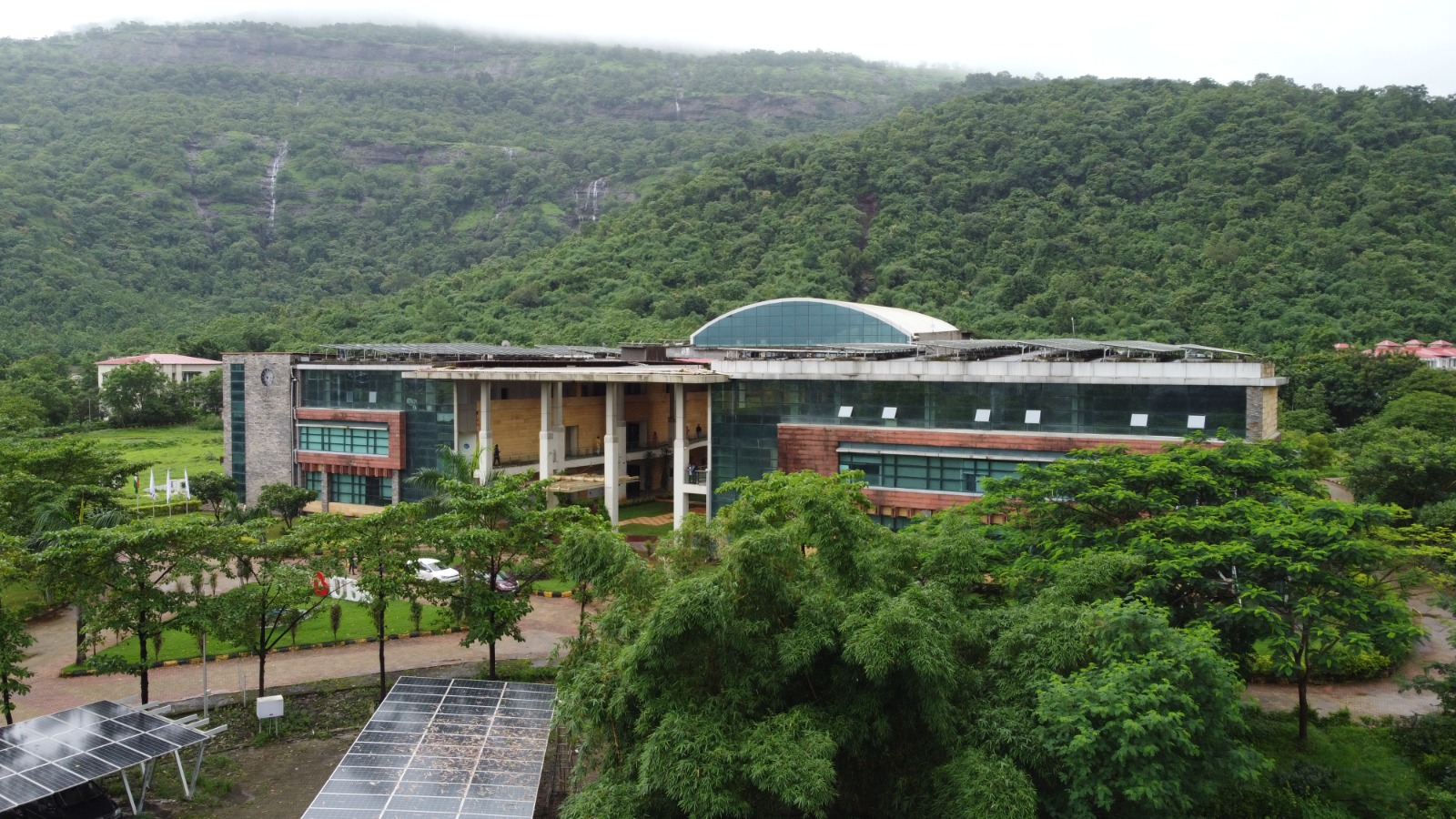
In the western world small towns grew around universities and were referred to as university towns. University of Michigan led to the creation of Anne Arbor, Cornell University led to the development of Ithaca, Colorado University led to the development of Boulder and there are many such examples. These towns initially attracted students, then faculty and staff and became great communities offering social spaces, restaurants, movie theatres, shopping avenues and sports venues.
India is witnessing the same. As land is very expensive in the cities across India, residential Universities which require large tracts of land are getting established in rural and tribal areas 60 to 80 kms away from the large cities where they can acquire land at reasonable rates.
These universities are then creating the basic infrastructure required for residential premises for their students, faculty and staff housing thereby establishing vibrant communities. This also leads to development of these remote areas by building roads, physical infrastructure, canals whilst providing safe drinking water, electricity and internet in a sustainable manner.
Universal Ai University established in Karjat, which is 70kms from Mumbai, Maharashtra has had a transformational impact on developing Karjat as a University town. When the land was acquired there was not a single tree and now there are over 7000 trees which has attracted a mileage of insects and birds besides transforming the flora and fauna. With rainwater harvesting implemented, the ground water table has improved substantially, and they employ solar electricity for 50% of their electricity needs enabling them to have a sustainable and positive impact on the environment.
These universities provide hundreds of jobs in housekeeping, semi-skilled labor and unskilled labor besides security personnel who now do not need to commute from their rural and tribal communities to the cities in search of employment. This also contributes significantly to the local economy by ensuring they get regular income which they were not privy to and now will able to leverage for generations. This allows them to send their children to good schools and afford a better standard of living.
The economy of the Karjat rural area is significantly enhanced as 1000 students spend on an average between Rs.8000 to Rs.12000 a month on goods and local services raising the local economy by Rs.10 crores to Rs.15 cores per annum on a conservative basis. This means the university supports multiple businesses which cater to students and faculty around the campus which spring up and support the local economy.










